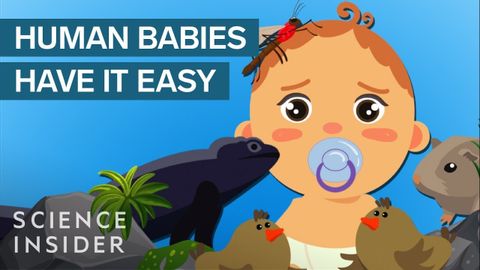【動物】動物界超強小寶寶,才剛出生就超厲害! (The 5 Most Extreme Babies In The Animal Kingdom)
April Lu 發佈於 2019 年 01 月 13 日  沒有此條件下的單字
沒有此條件下的單字- v.t./i.棒;黏貼,張貼;堅持;伸出;忍受
- n. (c.)棍棒,棍枝,枝條
US /ˈɪmˌpækt/
・
UK /'ɪmpækt/
- n.衝擊;碰撞
- v.t./i.撞擊(某人或物);影響;阻生
US /ɪkˈstrim/
・
UK /ɪk'stri:m/
- adj.極端的;盡頭的;極端的;極端的
- n.最大程度的努力;極限;極端手段
US /dɪˈvɛləp/
・
UK /dɪ'veləp/
- v.t./i.詳盡闡述;建立;打造;(使)成長;發展;沖洗(底片);罹患;產生;培養;發展
